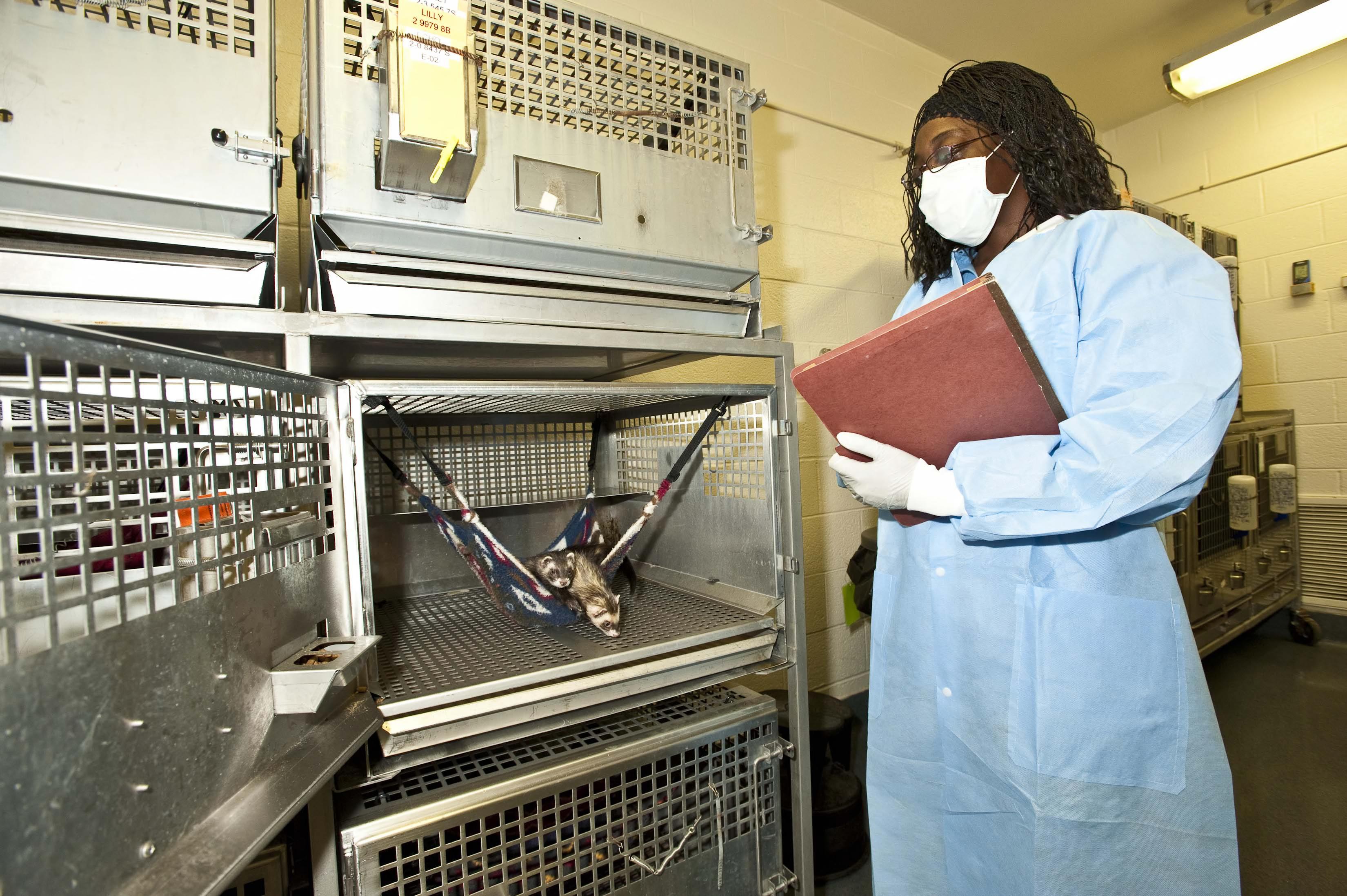Animal experimentation is the use of animals in scientific studies. Human beings and many animals have similar organ systems and body processes. Experiments on animals thus help scientists learn how the human body works. Animal experimentation has played a part in many major medical advances. These advances include the development of antibiotics, vaccines, and surgical techniques.
People have experimented with animals for hundreds of years. But the practice did not become widespread until the late 1800’s.
Animal experimentation produces great benefits to people. But it often results in the suffering and death of animals. Because of this, the practice is controversial. Experimentation that involves surgery on live animals is called vivisection. People opposed to such experimentation are sometimes called antivivisectionists.
Mice and rats account for about 85 percent of the animals used. Some experiments involve amphibians, fish, or insects. Scientists also use birds, cats, dogs, guinea pigs, hamsters, monkeys, and rabbits. In addition, educators use animals to teach students about anatomy, surgery, and other fields.

Reasons for experimentation.
Medical researchers study animals to better understand body processes. They use animals to study the causes and effects of illnesses, such as cancer and heart disease. They use animals to develop and test drugs, surgical techniques, and other medical therapies. Scientists also use animals to test the safety of ingredients in consumer products. Such products include cosmetics and food additives. Many countries require that new chemicals be tested for safety using animals. Psychologists observe the behavior of animals under a variety of conditions. They study animal learning and memory to better understand how the brain works.
Controversy.
Some people have called for an end to all animal experimentation. Many opponents of such research believe that it is morally wrong. Others think that the benefits gained are trivial compared with the costs in animal suffering. Some also claim that the results of animal experiments have little scientific value. Others accept the need to use animals in medical research. But they oppose animal testing of such products as cosmetics and perfumes. Many people argue for stricter laws to prevent the mistreatment of laboratory animals. Critics of animal experimentation also urge scientists to consider other research methods. These methods include test-tube experiments on bacteria or on bits of human or animal tissue. Other alternatives include the use of computer models of living systems.
Most scientists, on the other hand, support animal experimentation. They argue that without it, they could not make progress in medicine and other sciences. They claim that experiments are designed to keep animal suffering to a minimum. Studies are planned to use as few animals as possible. Experiments are done without animals whenever possible. However, methods that do not involve animals are not always adequate. For example, testing a drug on isolated tissues will not show how it affects the body as a whole.
The “three R’s.”
Most researchers who use animals in experiments follow principles called the “three R’s.” The three R’s are reduction, refinement, and replacement. Reduction refers to the use of as few animals as possible. Refinement refers to efforts to minimize the pain and distress of animals. Replacement refers to the use of alternatives when possible. The laws and regulations of many countries incorporate the three R’s.
Laws and regulations.
In the United States, many private and government agencies regulate experimentation. For example, the National Institutes of Health, a federal agency, requires each institution it funds to set up a committee to oversee the use and care of the animals. In Australia, Canada, and many European countries, animal ethics committees are required by law. They usually consist of researchers, experts on laboratory animals, and, in some cases, animal rights advocates.
